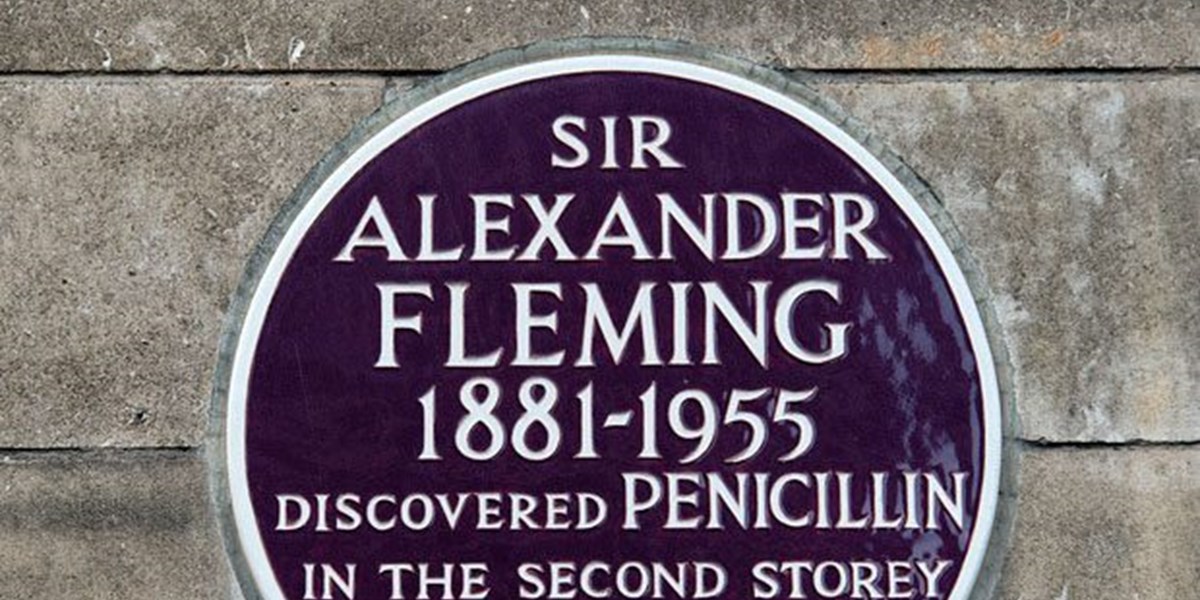Celebrating The Discovery Of Penicillin

Welcome to the latest edition of our 200 years series, highlighting the key scientific advances made over the past 200 years while Philip Harris have been operating. This week we’re focusing on the discovery of Penicillin and the scientist who discovered it, Alexander Fleming.
Prior to the discovery treatment of staphylococcus infections could mean a long period of rehabilitation and recovery or death in some scenarios. By contrast, the discovery of Penicillin was serendipitous, notoriously untidy Fleming left a petri dish with a staphylococcus sample near an open window. After returning from the weekend, Fleming noticed that the mould had formed a ring around the staphylococcus culture preventing it from spreading.
Following the discovery Fleming struggled to get backing from the medical community to use Peniccillium as a treatment for infections, as a poor communicator he didn’t get the essential backing from Doctors and Chemists until many years after the discovery. Despite the initial struggle, Fleming persevered and the Penicillium mould was eventually recognised as an effective treatment for infection and after several years Penicillin was eventually used as an antibiotic to treat survivors of the Coconut Grove Nightclub fire in Boston in 1942.
Penicillin was then mass produced for western markets, indeed Penicillin was credited for helping save the lives of allied troops fighting in World War Two, and survival rates for allied troops were 15-20% higher than their enemies. In May of 1945 the United States became the first country to release Penicillin to the general public.
The discovery of Penicillin has also helped discover other antibiotic drugs. Drugs such as Amoxicillin and Dicloxacillin were attributed to the discovery of Penicillin and have gone on to save and improve the lives of millions of patients.
The legacy of Alexander Fleming is one of tenacity, tenacity to get the drug in to production and tenacity to understand the nature of the drug and how it could transform other lives and inspire the production of other lifesaving medications.





